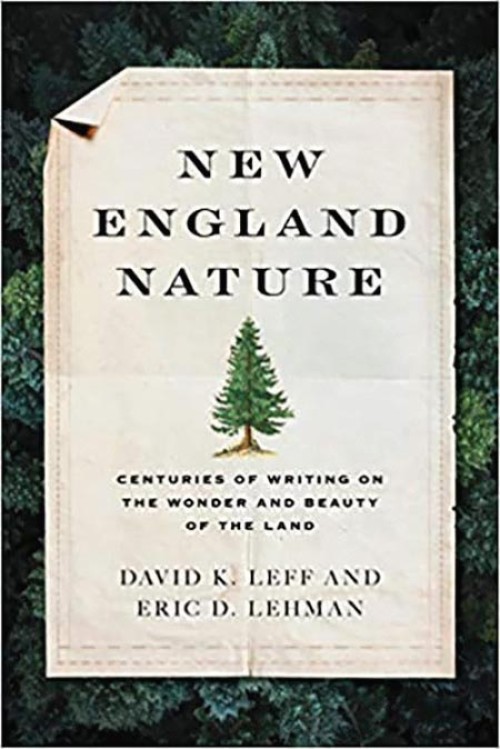by David K. Leff and Eric D. Lehman
Globe Pequot, 2021
We tend to think of American conservation writing as beginning with Henry David Thoreau in the 1850s or with John Muir a generation or so later, so I was surprised to discover that Noah Webster – yes, the author of the first American dictionary – promoted sustainable forestry as early as 1817. After two centuries of clearing land for agriculture, it was time to plan ahead, to replenish forests, and to use wood more efficiently, Webster argued in the Connecticut Courant.
“The first object that requires attention is to nourish and increase the growth of trees for fuel and timber,” he wrote. “Every farm should contain a tract of land, covered with trees, the annual growth of which should be equal to the necessities of one family at least.” Webster went on to promote improving woodstove efficiency, keeping flues clean, and not burning green wood. This is not what I expected from the man who taught us to spell “labour” without a “u.”
New England Nature: Centuries of Writing on the Wonder and Beauty of the Land contains this and many other surprises. David K. Leff and Eric D. Lehman’s well-chosen selections from a little more than three centuries – 1616 to 1921 – show the many ways New Englanders have appreciated, experienced, and enjoyed the natural world. Only a handful of the 60 selections are as utilitarian as Webster’s; the book leans heavily toward appreciation.
“I want you to understand, in the first place, that I have a most intense, passionate fondness for trees in general, and have had several romantic attachments to certain trees in particular,” poet and physician Oliver Wendell Holmes wrote in 1873. Holmes argued that the wonder of trees isn’t fully captured if they are reduced to scientific classifications. His selection is about a glory of the past: the American elm. Writing in the same era, Harriet Beecher Stowe remembered “Going A-Chestnutting.”
Helen Keller described experiencing the world through touch, smell, and imagination, reminding us that we are so dependent on sight that we “do not realize how many things are tangible….The coolness of a water-lily rounding into bloom is different from the coolness of an evening wind in summer, and different again from the coolness of the rain that soaks into the hearts of growing things and gives them life and body.”
In “The Queen of the Swamp,” Walter Prichard Eaton takes us on the lively, descriptive, and sometimes funny adventure of four friends looking for lady’s slippers. An excerpt from Recreations in Botany (1893) suggests activities with trees and leaves, including making a “leaf autograph book” with children.
About two-thirds of the selections are from the 19th century, with three from the 17th, two from the 18th, and 13 from the 20th. The passages show how writing styles, societal attitudes, and social awareness have changed. Almost three-fourths of the writers are white men, with 15 women and only a handful of minority writers included. In the introduction, the authors lament this historical lack of diversity.
The book ends with an excerpt from a 1921 Connecticut fish and game report that highlights an important theme: “A love of nature insures [sic] both health and happiness. It teaches people simple living. It has a moral and ethical value in the life of a community, state or nation, that is incalculable.”


